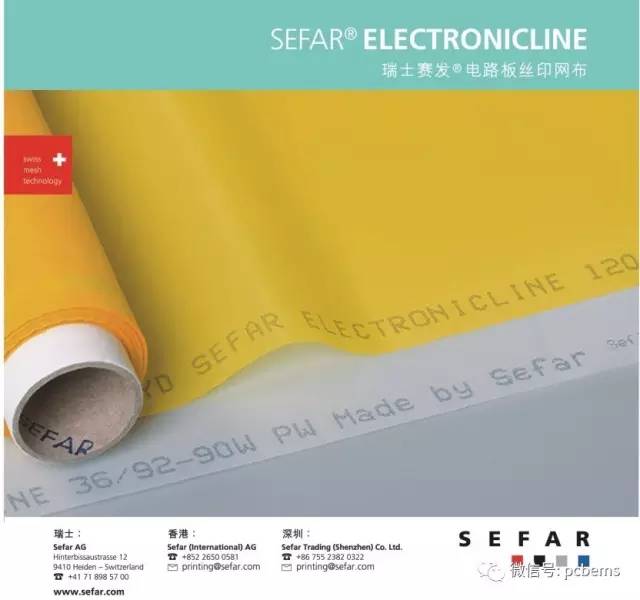PCB wiring experience summary

PCB wiring is the process of connecting various components on a printed circuit board by laying out power and signal lines. Think of it as building roads that connect different cities, where each road represents a signal path. Just like road construction requires careful planning, PCB design also needs to be done with precision. A simple two-wire loop is sufficient for low-frequency circuits, while high-speed signals require transmission line principles. Differential signaling, such as in USB or Ethernet cables, is a common example of this.

Differential signaling is an ideal approach for transmitting high-speed signals because it reduces noise and crosstalk. However, using differential pairs for all connections can increase the size of the PCB and make the layout more complex. To address this, multi-layer PCBs were introduced, allowing for more efficient routing. For instance, a double-sided PCB uses one layer as a ground plane, reducing the need for multiple return paths and simplifying the overall design.
Each layout engineer has their own unique style and approach. Even on the same board, different engineers may produce vastly different results. While performance is always the top priority, a well-organized and aesthetically pleasing layout can greatly improve the board's usability and maintainability. In fact, a skilled layout engineer is not just a technician but also an artist who balances function and form.
The image below shows the TOP silkscreen of a VPX chassis board. As you can see, components are arranged neatly, with decoupling capacitors placed close to the chips they serve. DDR memory modules are also positioned near the FPGA, ensuring optimal signal integrity. While the top layer might look complex at first glance, it’s designed with both functionality and aesthetics in mind.
Ultimately, a good PCB layout must balance performance, cost, and visual appeal. High-end boards often have many layers, but more layers don’t always mean better performance. Sometimes, adding extra layers is necessary to manage sensitive signals or reduce interference. The key is to understand when and how to use them effectively. For example, some designers choose four layers, while others go for six—depending on the complexity of the signals and the need for isolation.
In most cases, layout starts with modular organization. Ensuring that sensitive signals are prioritized and properly routed is crucial. Experienced engineers consider factors like signal direction, via placement, component orientation, and even how the board will be soldered. These small details can significantly impact the final result.
Common elements like silk screens, test points, and notes reflect the attention to detail in a well-designed PCB. When multiple identical circuits are used, it’s often just a matter of adjusting the spacing between components. But the real challenge lies in achieving stable performance and fast signal speeds. It’s not just about placing components—it’s about understanding how they interact with each other and the surrounding environment.
The basic PCB design process typically includes: preliminary preparation, structural design, layout, wiring, optimization, DRC checks, and finally, manufacturing. During the layout phase, there are three main levels of consideration: basic connectivity, electrical performance, and visual appeal. A board that only meets the minimum requirements may work, but it won’t be respected by professionals. A well-designed PCB should be functional, efficient, and visually clean.
Some key PCB layout principles include: keeping critical signal lines short and wide, reserving test points for debugging, avoiding loops in signal traces, using ground shielding for sensitive signals, and minimizing vias. Also, high-frequency signals should be routed at 45-degree angles rather than 90 degrees to reduce electromagnetic interference. Power and ground lines should be routed early in the design to ensure stability, and wide ground planes can help reduce noise.
A successful PCB design should meet several criteria: it must function properly, pass EMC tests, be cost-effective, look neat, and be completed efficiently. For high-frequency or high-current applications, such as switching power supplies, special care is needed to prevent interference between driving signals and power lines. Keeping these signals separated is essential to avoid instability and noise.
The PCB itself acts as a carrier for signals, and its structure plays a role in managing electromagnetic radiation. Typically, the reference ground is kept within 1mm of the board, and signal lines are placed close to the ground plane. This helps contain the signal within the board and reduces unwanted emissions. Understanding this concept is similar to how we build roads—both rely on careful planning to ensure efficiency and safety.
In conclusion, the number of layers or components alone doesn’t define a PCB’s quality. A well-designed board is one that functions reliably, looks clean, and is easy to manufacture. The goal is to achieve the best performance with minimal resources, making the design both powerful and practical.

Hybrid Three Phase Solar Inverter
ip65 hybrid inverter,ip65 hybrid solar inverter,hybrid solar inverter ip65,hybrid inverter ip65,3 phase hybrid solar inverter,12kw hybrid solar inverter,hybrid solar inverter 3 phases,solar inverter 10kw three phase
Shenzhen Jiesaiyuan Electricity Co., Ltd. , https://www.gootuenergy.com